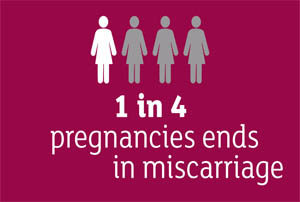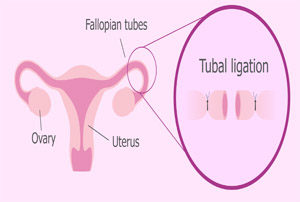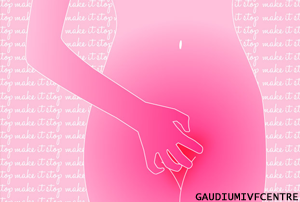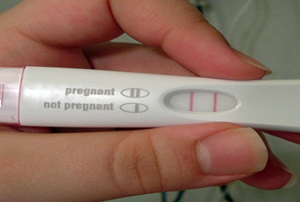Attempting Conception after Miscarriage
Miscarriage can be a traumatic experience, a time when the world seems to come to an end. Yet everything is not lost as a miscarriage does not necessarily indicate that a woman cannot conceive again. It is just a matter of time, but it is important to know when the right time is. Should you
Read More...






